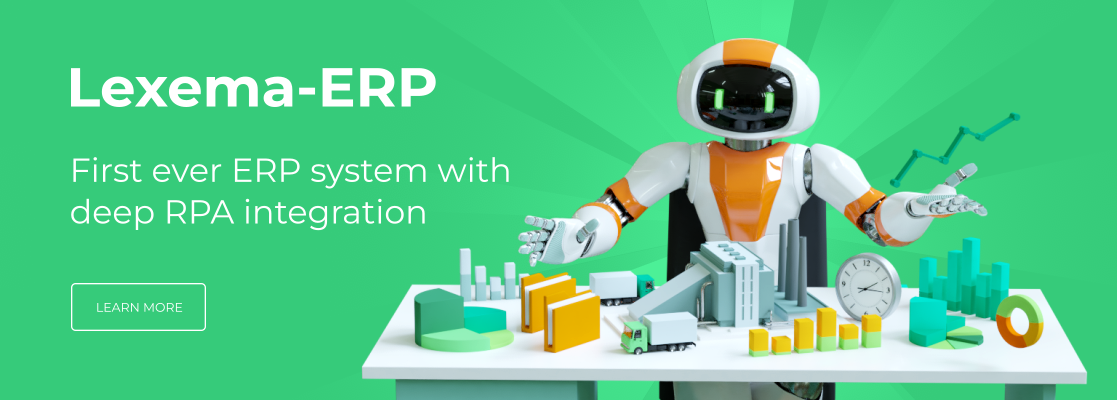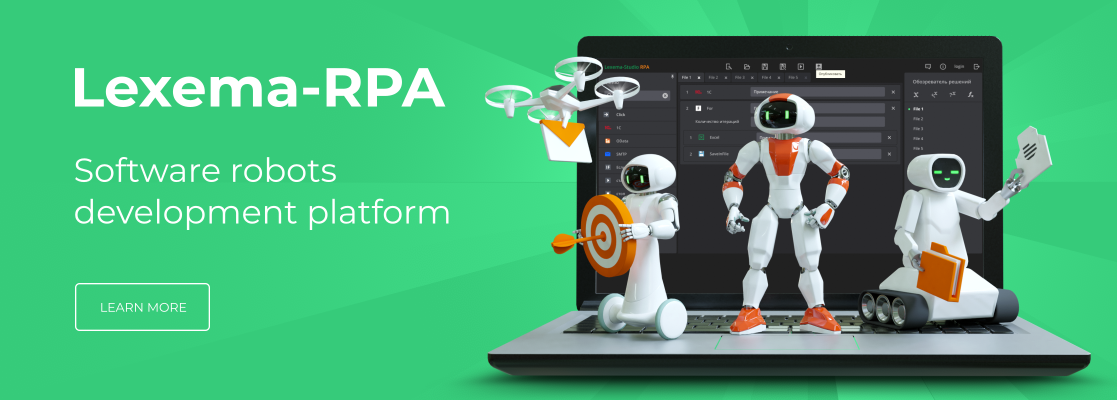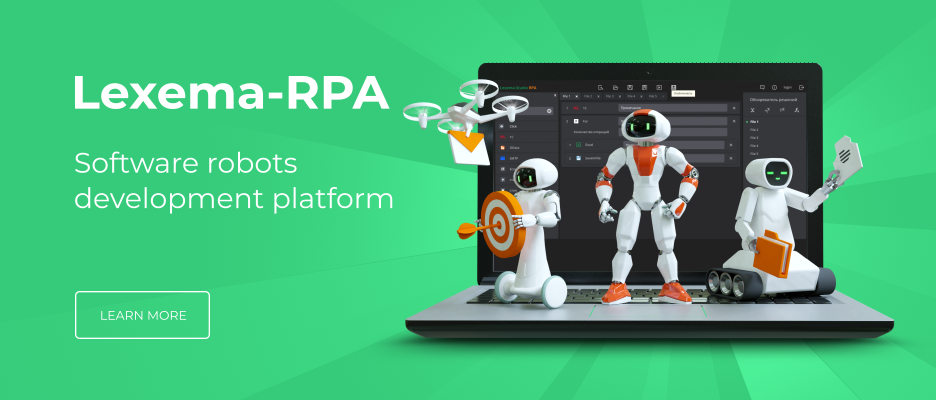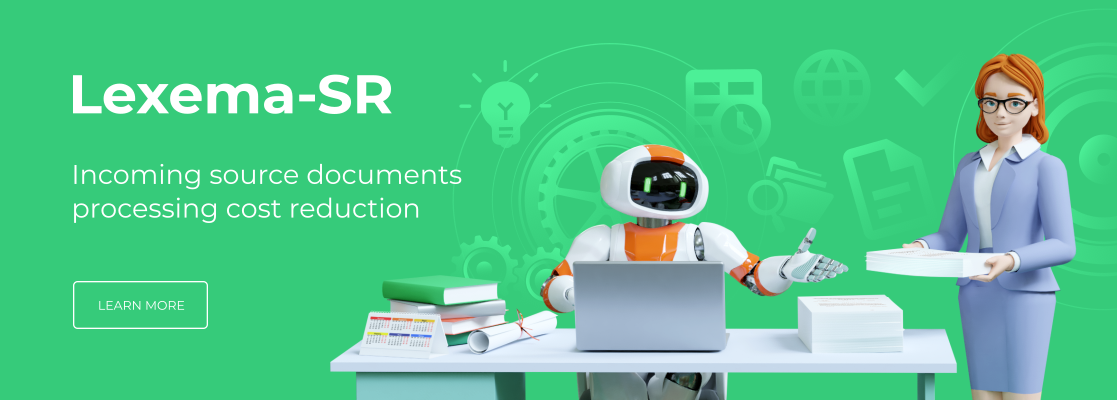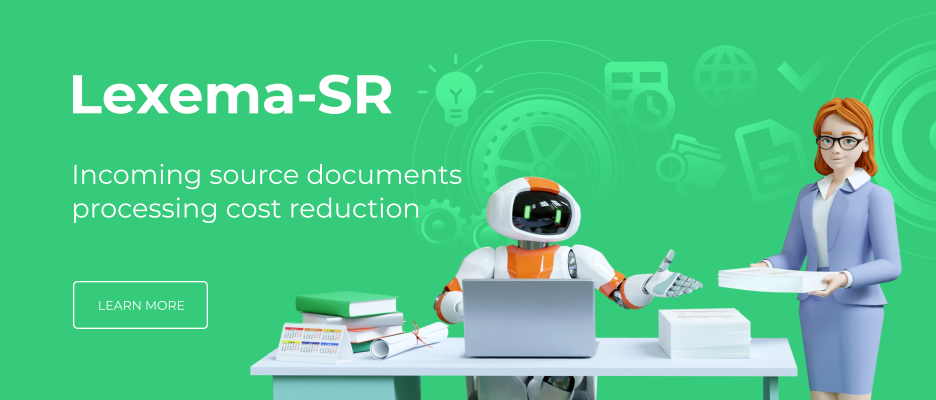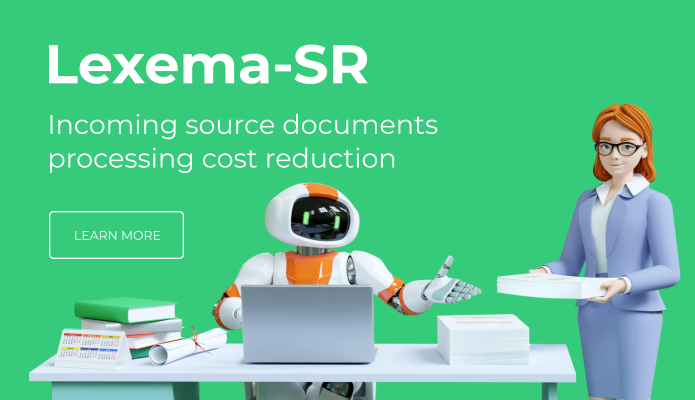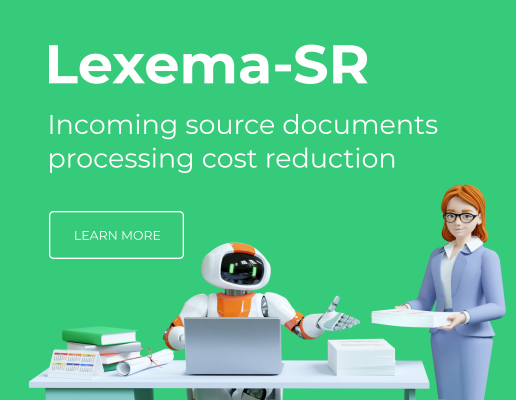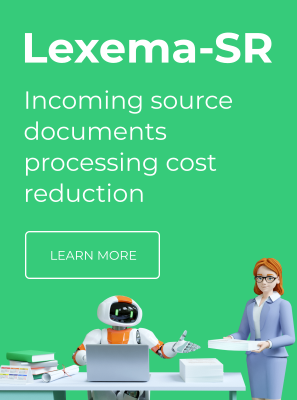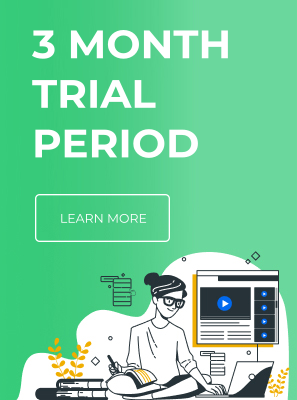Download the presentation
Calculate the cost of products
Subscribe to the newsletter
Using the RPA technology you can solve tasks
Reports automation
Autogeneration of consolidated financial reports based on correct data
Contracts processing
Data-based consolidated profit reports generation
Emails processing
Checking correctness of documents from incoming emails
SQL monitoring
SQL servers the uninterrupted work monitoring
Railroads logystics analysis
Data based consolidated reports formation
Data import from Excel
Transferring a large amount of data from an Excel file to various information systems in a short time
Lexema facts
Great experience
More than 20 years of experience in development and more than 500 successful implementations of business solutions on the Lexema platform
The best in their field
Lexema-ERP entered the top 5 best ERP systems according to CNews
Получили гранты
Проекты компании Lexema-RPA и Lexema-Medicine поддержаны грантами по нацпроекту «Цифровая экономика» в направлении «Искусственный интеллект»
Состоим в реестре
Платформа для разработки программных роботов Lexema-RPA включена в Единый реестр российских программ для электронных вычислительных машин и баз данных.
Успешный руководитель
Директор нашей компании Тимошин В.А. победил в номинации «Лучший предприниматель в сфере IT и цифровых технологий» конкурса «Предприниматель года — 2019 в Республике Башкортостан»


